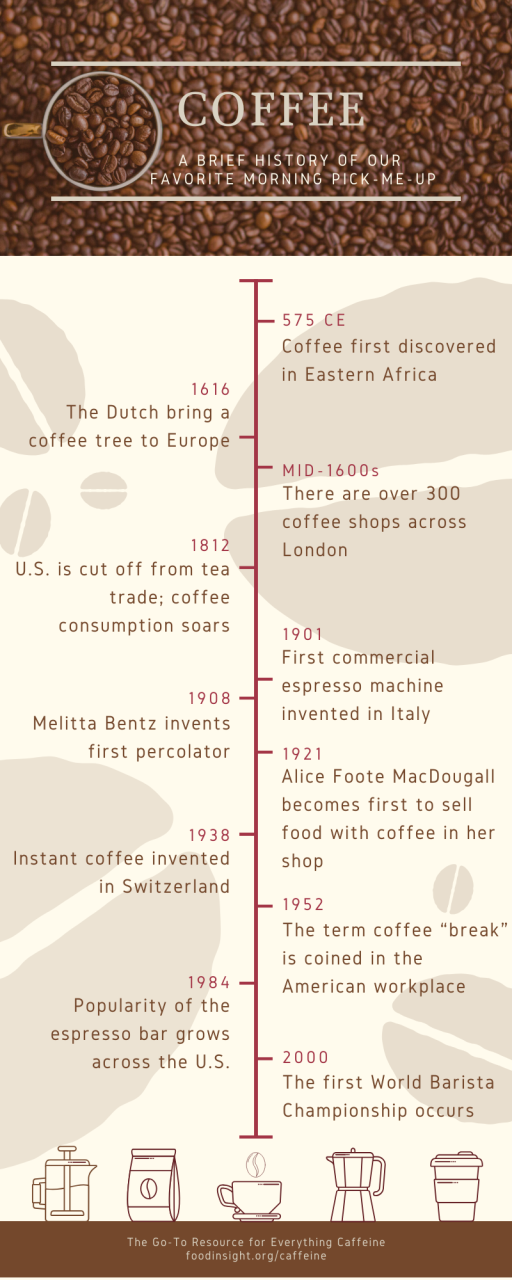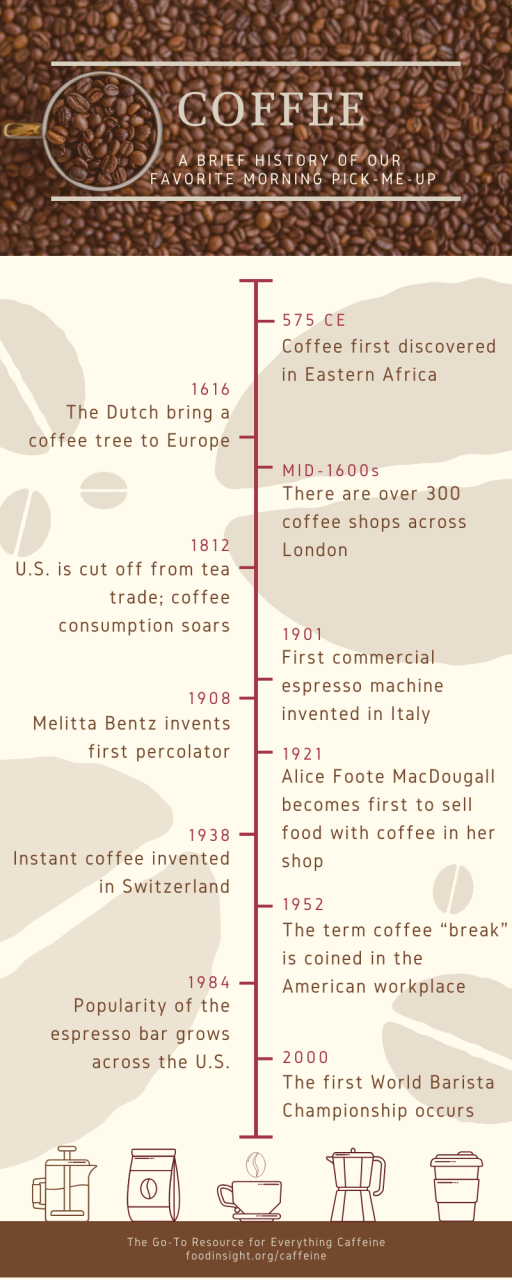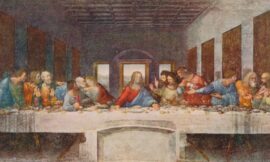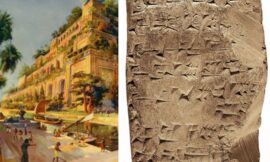
The History of coffee goes back at least a thousand years. From an early monopoly that would only trade in sterile seeds, to daring night raids, to seedlings protected by armed guards, to the black gold, the liquid life that is poured out at the push of a button to start our weary days.
So how did this little Ethiopian berry bush become the preferred morning drink for the earth’s masses?
Legend has it that in the 9th century a certain goatherd named Kaldi found his goats energetically jumping and frolicking around after eating some red berries off a bush. Intrigued, he ate some of the berries himself. He was soon joining his herd in a caffeine induced happy dance. While it is a cute story, it is generally believed that this tale is apocryphal as it only appeared in print in the 17th century.
It is thought, however, that coffee was discovered and first used by the ancestors of Ethiopia’s Oromo people.
Sometime around 1000 CE, the Arabians started roasting coffee then brewing the roasted beans. Before exporting coffee, the beans were parched or boiled to make them sterile. This technique protected their market for hundreds of years.
Indian tradition states that a pilgrim by the name of Baba Budan introduced coffee cultivation to southern India. Sometime between 1600-1695 (the experts are still bickering about the date) Baba Budan made a pilgrimage to mecca where he obtained some fertile seeds which he smuggled out by strapping them across his belly. He planted his seeds near his hut at Chickmaglur in the Mysore mountains. The seeds sprouted and the plants flourished.
By 1615 coffee had been introduced into Venice, Italy. Prior to it’s use as an everyday beverage, it was sold for it’s medicinal properties. German born anatomist and botanist Johann Vesling (1598-1649) made this comment about the use of coffee as a medicine; "the first step it made from the cabinets of the curious, as an exotic seed, being into the apothecaries' shops as a drug."
Traders were not happy to just buy and sell. There was serious money to be made if they could grow and produce their own coffee. The race was on!
By 1616 the Dutch had brought a coffee plant to Holland for cultivation. They successfully established a plantation on Ceylon and later tried to grow it in France, but to no avail. By the end of the 17th century, the first European-owned coffee estate had been established in Java, now part of Indonesia. Thereafter, the dutch started estates on other islands.
In about 1714 Louis XIV received a coffee tree for the Royal Garden, the Jardin des Plantes.
Some years later a naval officer named Gabriel Mathieu de Clieu requested clippings from the king’s tree. When he was denied, he led a raid into the garden under cover of night and left with a sprout. Thereafter, he sailed to Martinique to plant his precious sprout.
The journey was not easy. De Clieu claims that on the journey, water had to be rationed, so he split his ration with the plant. Upon arriving in Martinique, he successfully planted the sprout protecting it with armed gaurds.
1727 – Brazil wants to get into the coffee market. In order to achieve this goal, they send an agent, Francisco de Melo Palheta to French Guiana to obtain seeds. His ‘official’ mission is to mediate a border dispute. The French were unwilling to part with seeds or seedlings. So to obtain seeds, he focuses on charming the governer’s wife. Upon his departure, she presents him with a lovely bouquet of flowers. Coffee seeds neatly tucked in the bottom. Thus rises the greatest of earth’s coffee empires.
At this point in time coffee is an expensive luxury for those who can afford it. But that would soon change. By 1800 the harvests in Brazil alone would turn coffee from a rich man’s drink to a ‘morning cup o’joe’.
Today, long after the trade wars, coffee is grown in over 70 countries around the world. Unroasted or ‘green’ coffee is one of the most traded agricultural commodities in the world. In 2007 the global coffee harvest was 8.5 million tons!
So have a second cup. There’s plenty to go around.




